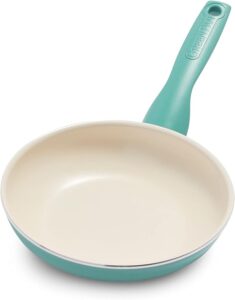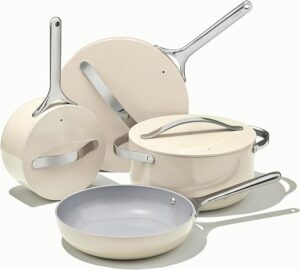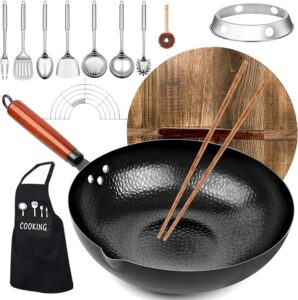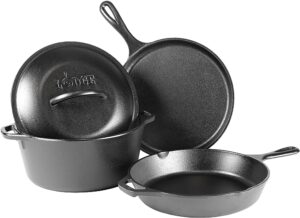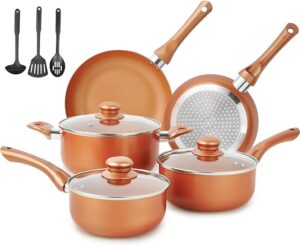The Science Behind Perfect Cooking (Part 4): Advanced Techniques and Specialized Cookware for Perfect Results
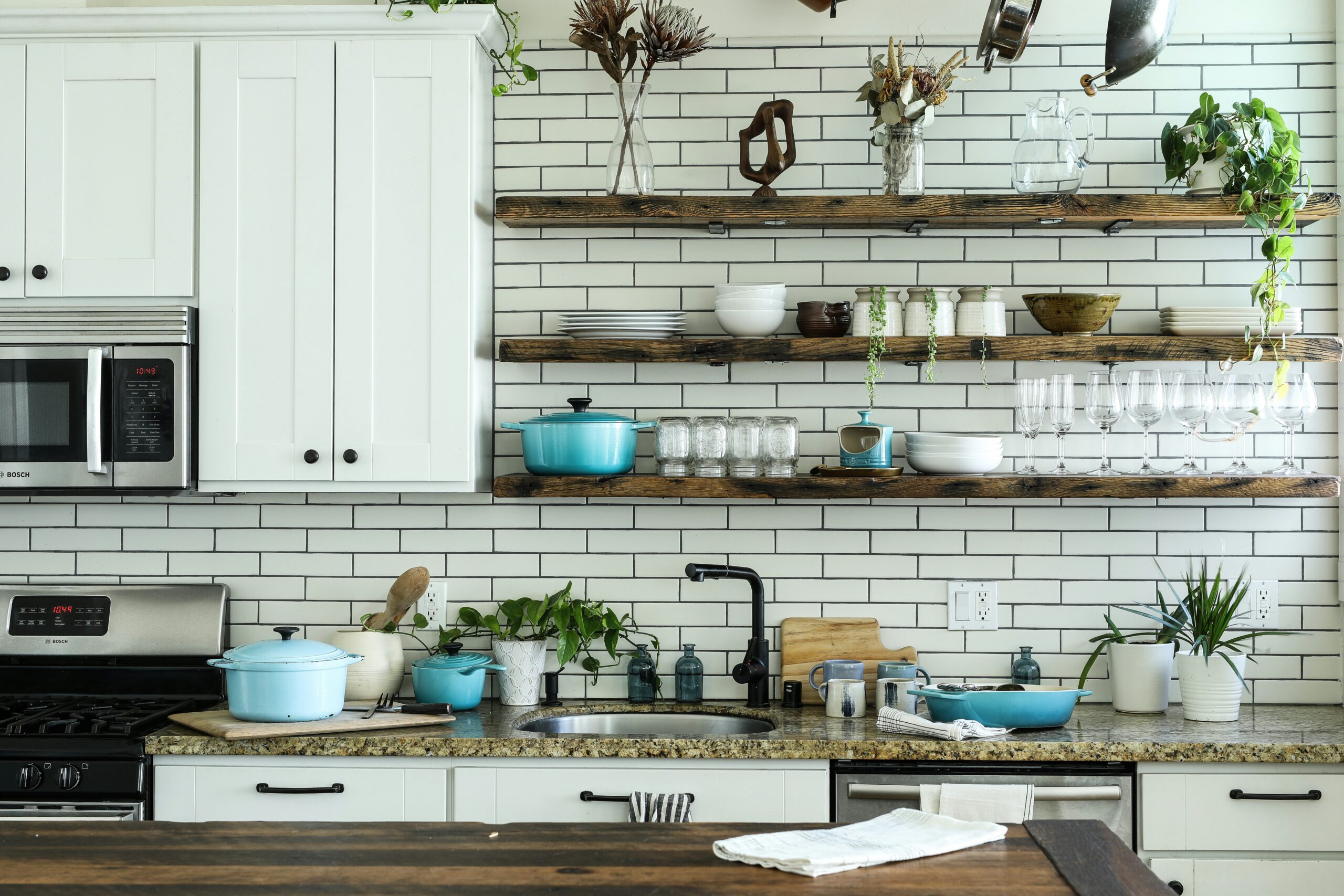
We’ve covered a lot so far in our journey through the world of cookware, from understanding different materials and designs to practical tips on using and maintaining your pots and pans. Now, let’s dive into some advanced cooking techniques and how the right cookware can make a huge difference in your culinary results.
Table of Contents
Advanced Cooking Techniques: Up Your Cooking Game
1. Searing and Deglazing: Creating Flavorful Sauces
- Searing: A hot stainless steel or cast iron pan is perfect for searing meat. Preheat your pan, add a high smoke point oil (like canola or grapeseed), and then place your meat in the pan. Don’t move it around; let it develop a nice, brown crust.
- Deglazing: After searing, there will be flavorful bits (fond) stuck to the pan. Deglaze by adding a splash of wine, broth, or even water. Use a wooden spoon to scrape up the bits while the liquid simmers, creating a delicious base for sauces.
Get Yourself an Eco-Friendly GreenPan Frying Pan Today
2. Braising: Tender and Flavorful Dishes
- Choosing the Right Pot: A Dutch oven is ideal for braising. Its heavy, thick walls retain and distribute heat evenly.
- The Process: Sear your meat first for added flavor, then add liquid (like broth, wine, or tomatoes) and aromatics. Cover and cook slowly at a low temperature in the oven or on the stovetop until the meat is tender.
Get Yourself an Eco-Friendly Caraway Nonstick Ceramic Cookware Set
3. Stir-Frying: Quick and Healthy Meals
- The Wok: A wok is essential for stir-frying due to its shape, which allows for high heat and quick cooking.
- Technique: Preheat the wok, add a small amount of oil, and then quickly cook your ingredients in batches. Constantly stir and toss the ingredients to ensure even cooking.
Get Yourself The Perfect Wok Today
Specialized Cookware: Tools for Specific Cooking Techniques
1. Pressure Cookers: Speed and Efficiency
- How They Work: Pressure cookers use steam trapped under high pressure to cook food quickly. This method is great for tough cuts of meat, beans, and grains.
- Modern Models: Electric pressure cookers, like the Instant Pot, have multiple functions including slow cooking, sautéing, and even making yogurt.
2. Sous Vide: Precision Cooking
- The Equipment: Sous vide involves cooking food in a vacuum-sealed bag in a water bath at a precise temperature.
- Why It’s Great: This method ensures even cooking and precise temperature control, making it almost impossible to overcook your food. Sous vide is excellent for meats, eggs, and even vegetables.
You Can Order This Product Right Now!
3. Cast Iron Skillets: Versatile Workhorses
- Benefits: Cast iron skillets are incredibly versatile. They can go from stovetop to oven, making them perfect for dishes that start with a sear and finish with a bake.
- Caring for Cast Iron: As covered in previous parts, regular seasoning and proper cleaning are key to maintaining a non-stick surface.
Order The Perfect Cat Iron Cookware Set Now
More Tips for Specific Cookware
1. Copper Pans: Temperature Control
- Why Copper? Copper pans offer superior temperature control, making them great for delicate sauces and tasks that require precise heat.
- Maintenance: They require regular polishing to keep them looking good and to maintain their conductive properties.
You Can Order Your Own Copper Cookware Set Now
2. Non-Stick Pans: Everyday Use
- Best Uses: Perfect for cooking eggs, pancakes, and other foods that are prone to sticking.
- Extending Life: Avoid metal utensils and high heat to prolong the life of the non-stick coating.
Get Yourself an Eco-Friendly GreenPan Frying Pan Today
3. Enameled Cast Iron: No Seasoning Needed
- Advantages: Enameled cast iron combines the heat retention of cast iron with an easy-to-clean, non-reactive surface.
- Uses: Ideal for acidic foods like tomato sauces, which can react with bare cast iron.
Troubleshooting Common Cookware Issues
1. Sticking Food
- Problem: Food sticking to your stainless steel or cast iron pan.
- Solution: Ensure proper preheating and use enough oil. Also, let the food naturally release from the pan once it’s properly seared.
2. Warped Pans
- Problem: Pans becoming warped over time.
- Solution: Avoid extreme temperature changes (like putting a hot pan under cold water) and choose higher quality, thicker pans that resist warping.
3. Discoloration and Stains
- Problem: Discoloration in stainless steel pans.
- Solution: Use a paste of baking soda and water, or a specific stainless steel cleaner, to remove stains and restore shine.
Conclusion
By understanding and utilizing advanced cooking techniques with the right cookware, you can elevate your cooking to new heights. Proper care and maintenance will keep your tools in great condition, ensuring they perform their best for years to come. So, embrace these techniques, experiment with new recipes, and enjoy the process of creating delicious meals with your trusty cookware!
Read More:
2024’s Healthier Choice: Your 5-Point Guide to the Perfect Air Fryer

